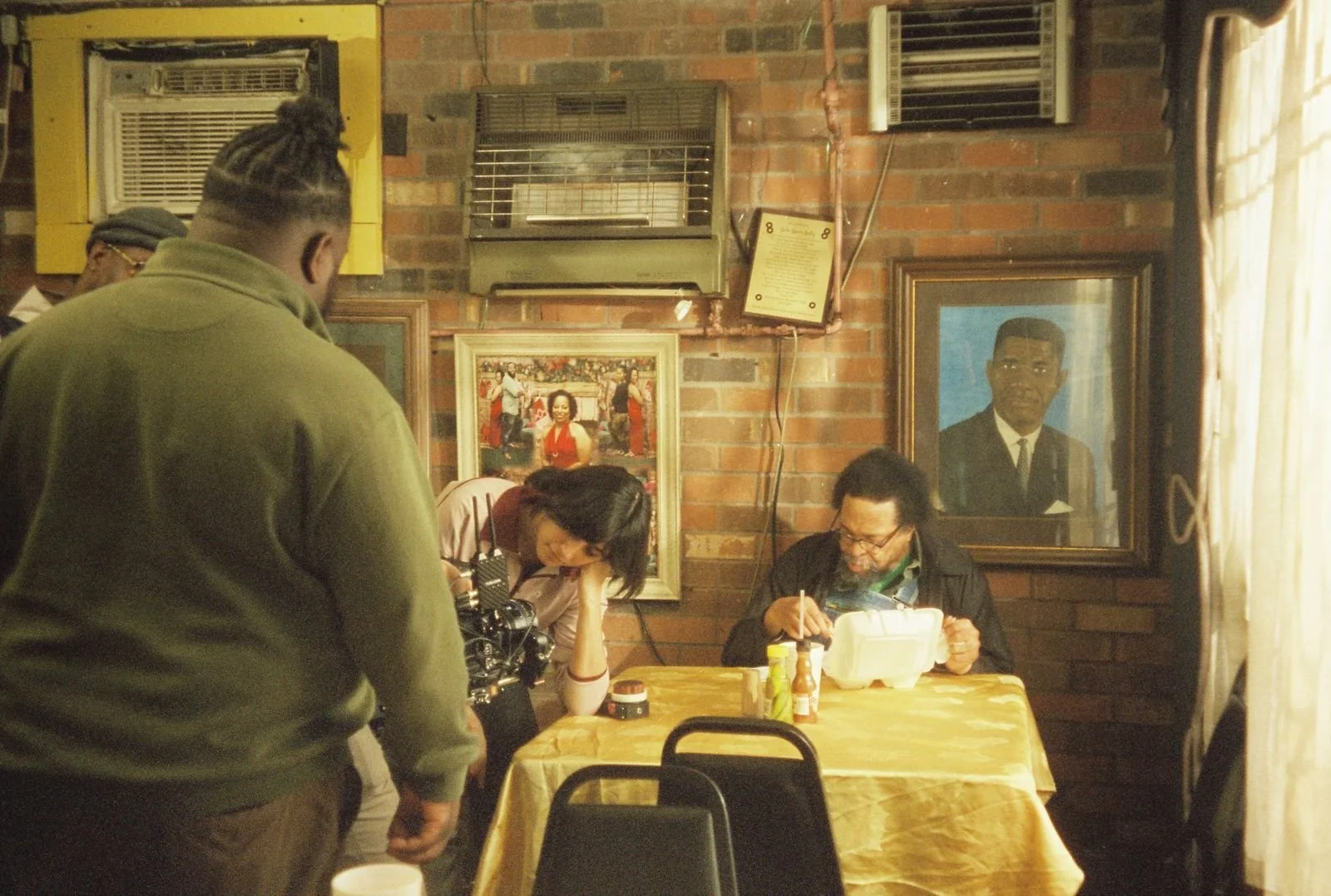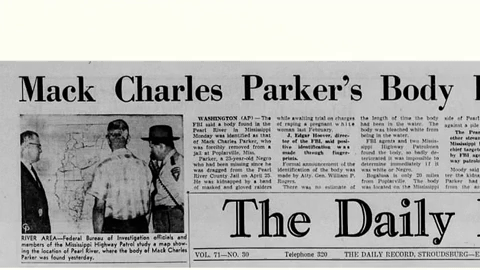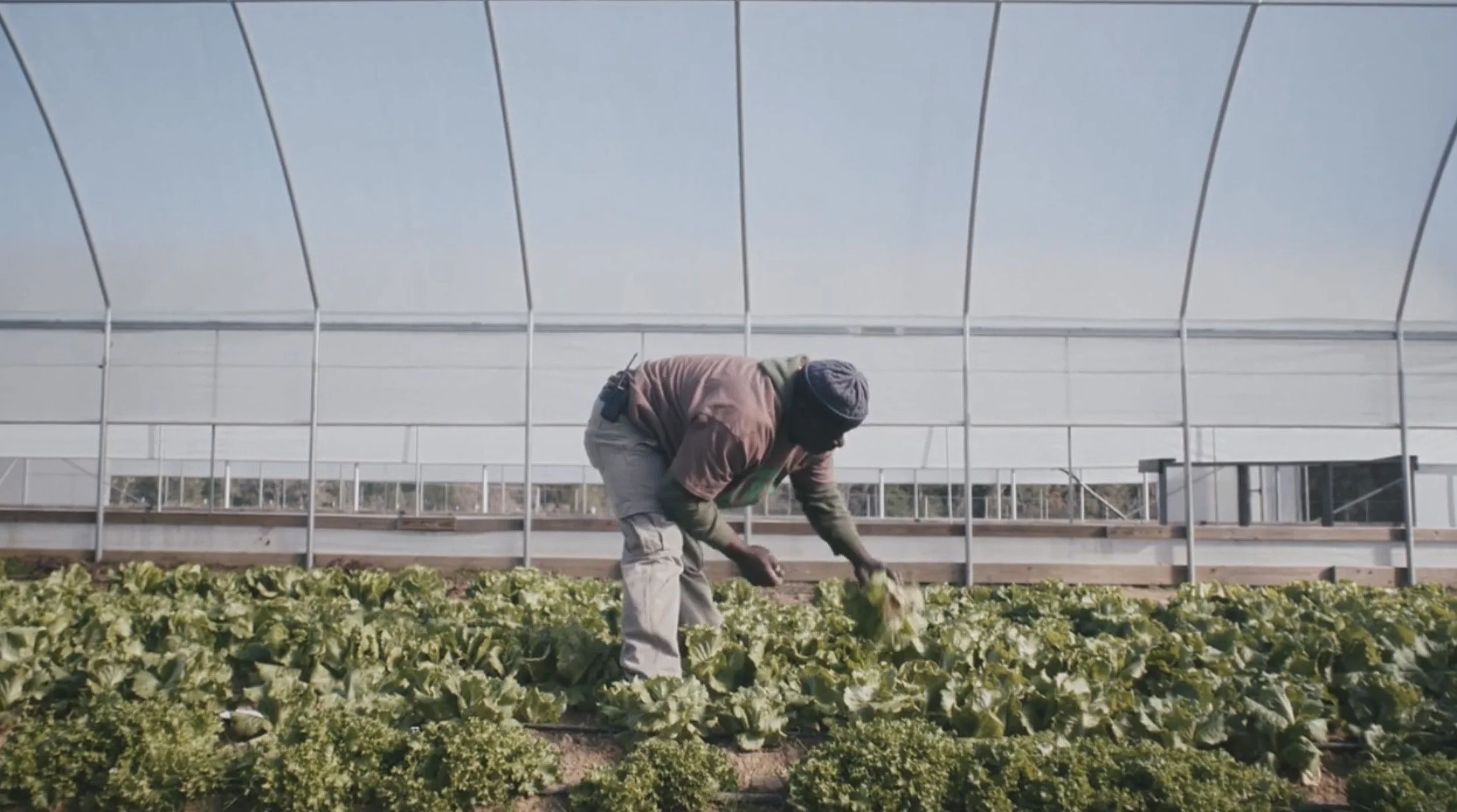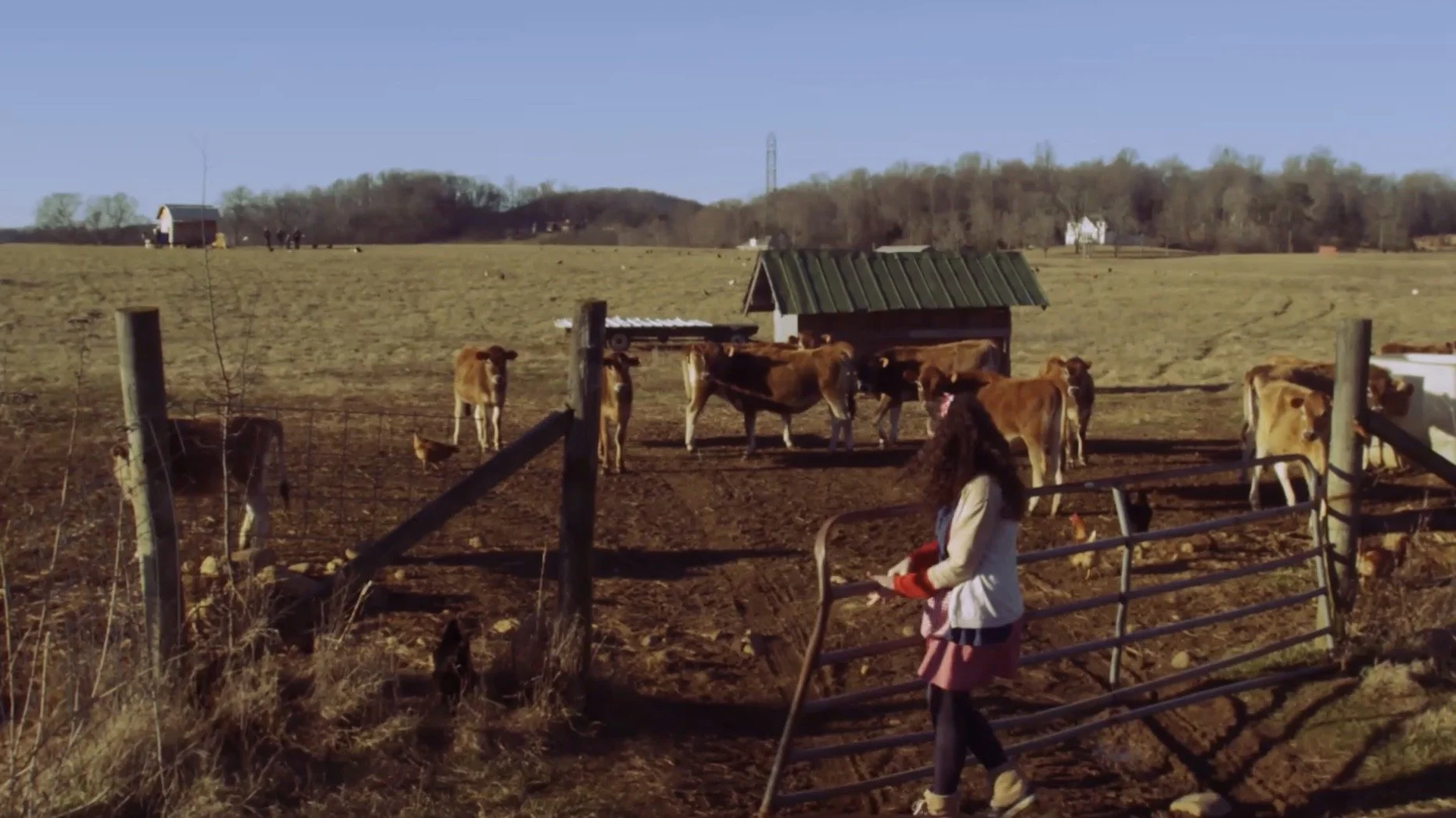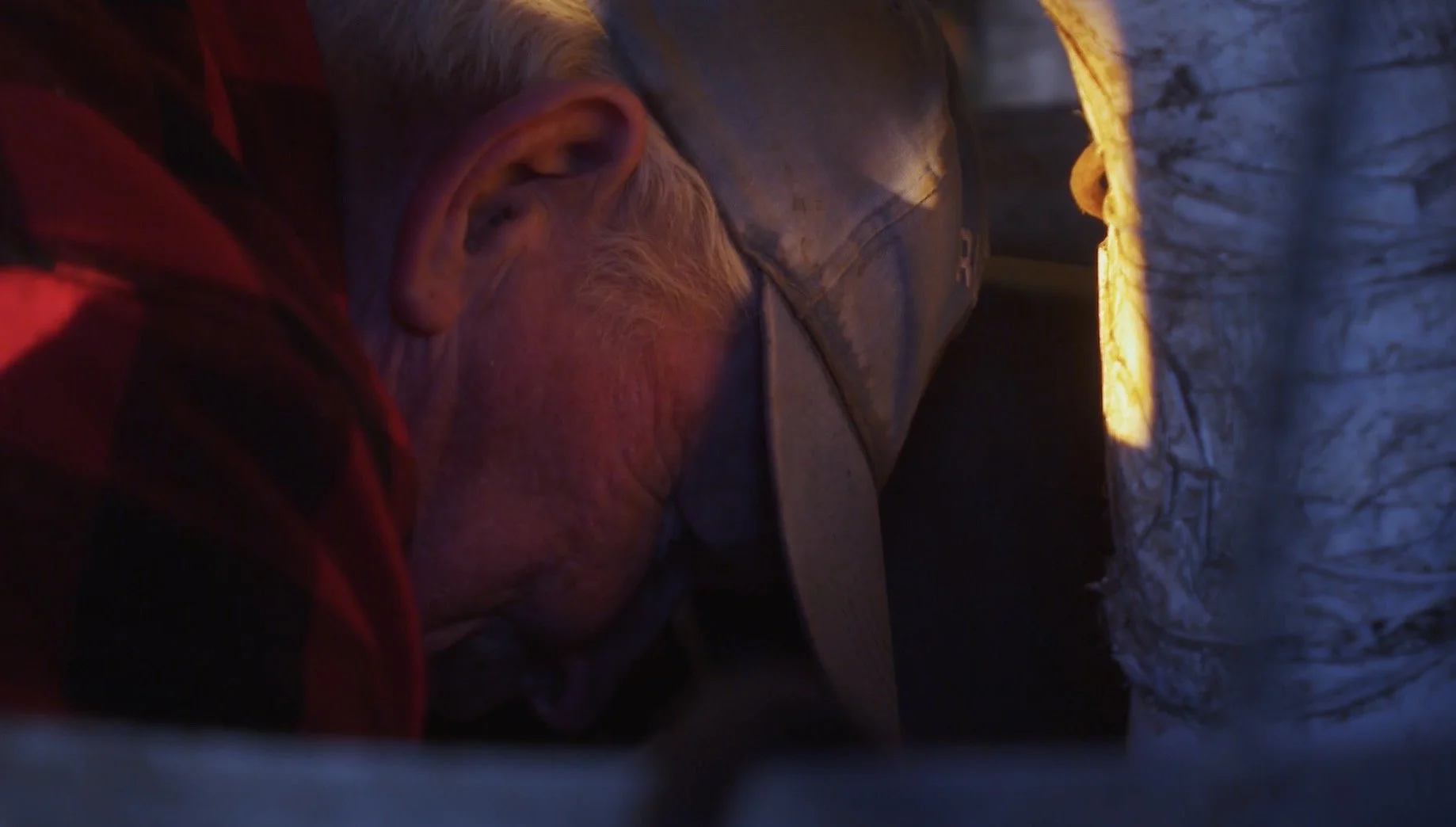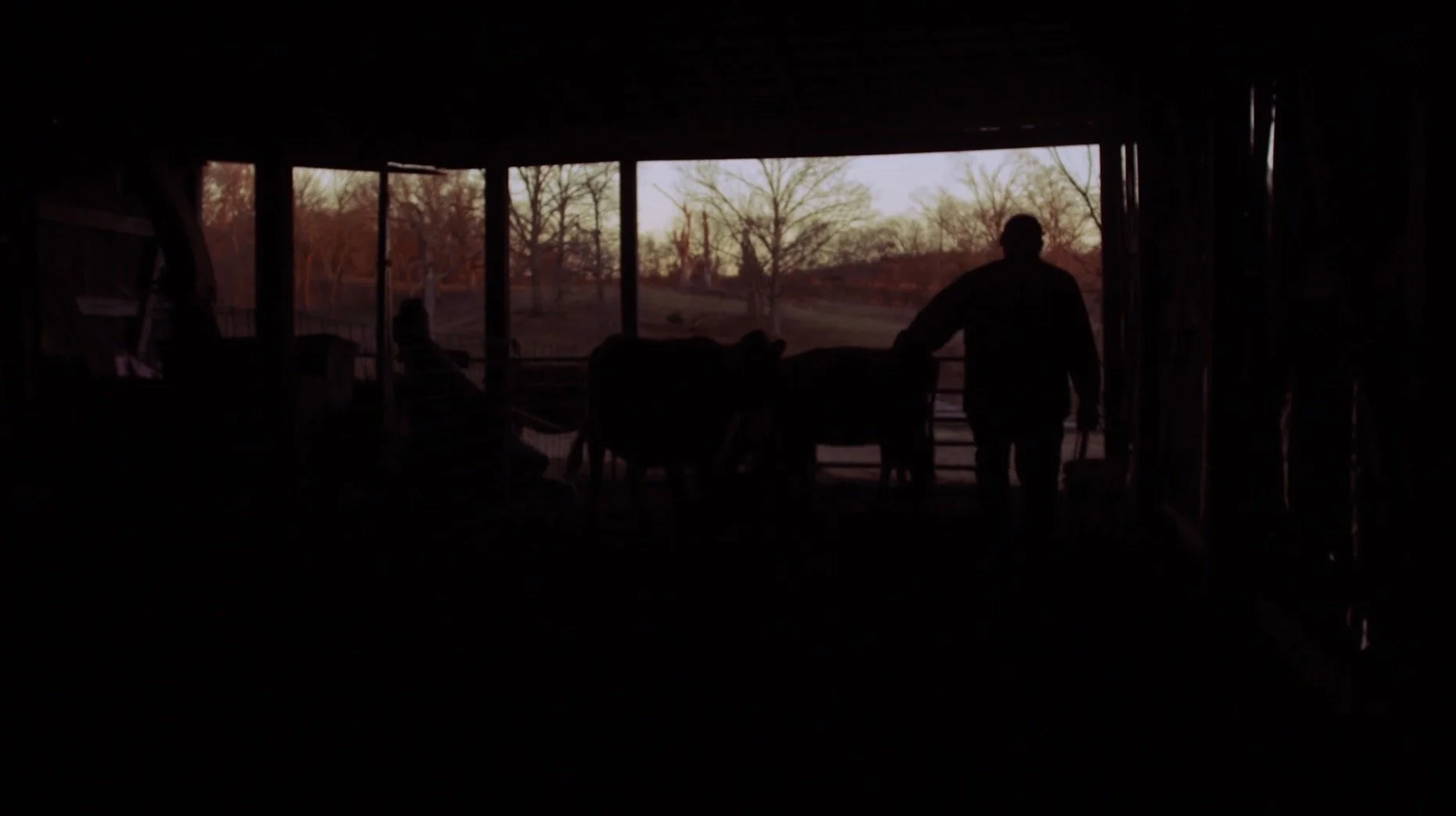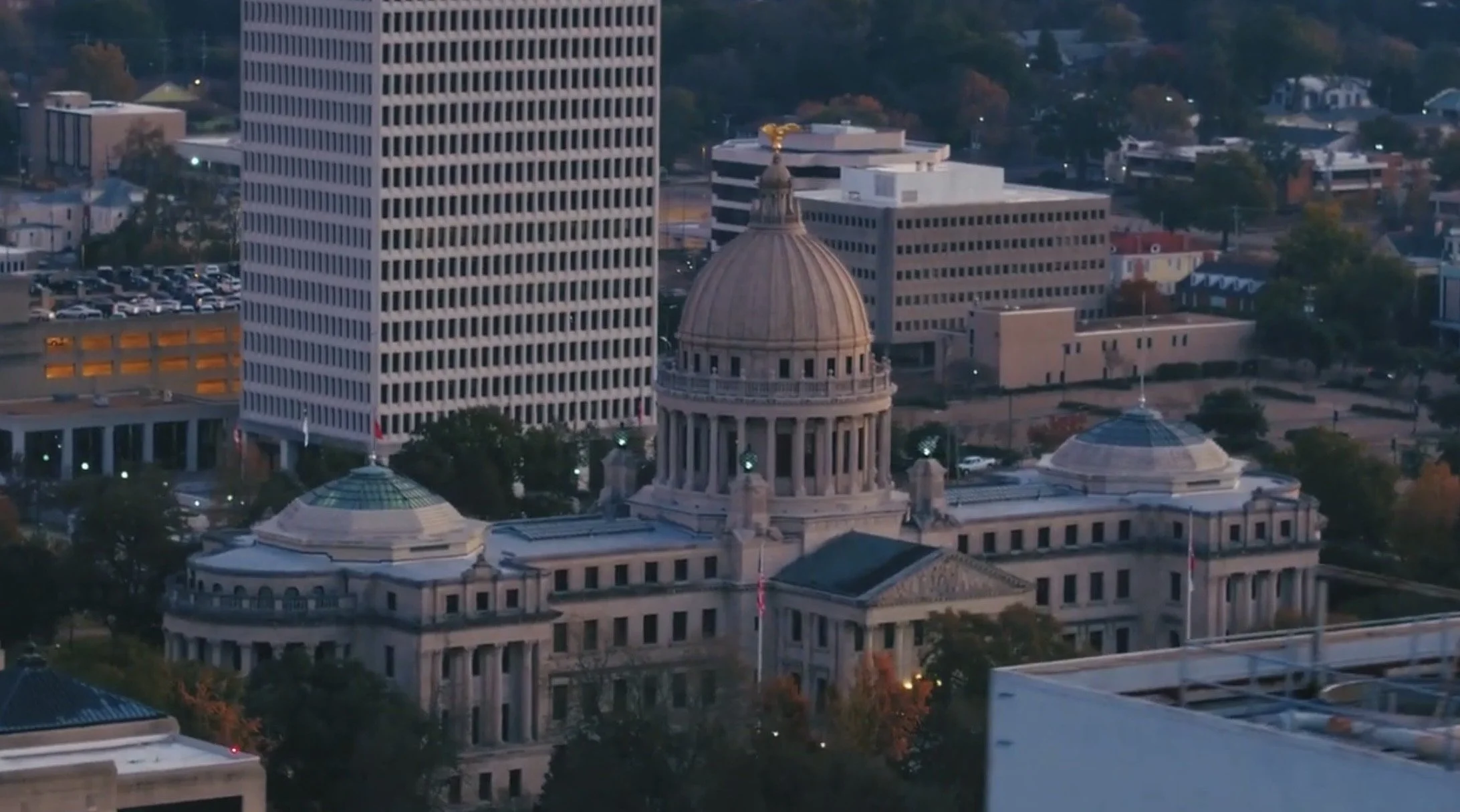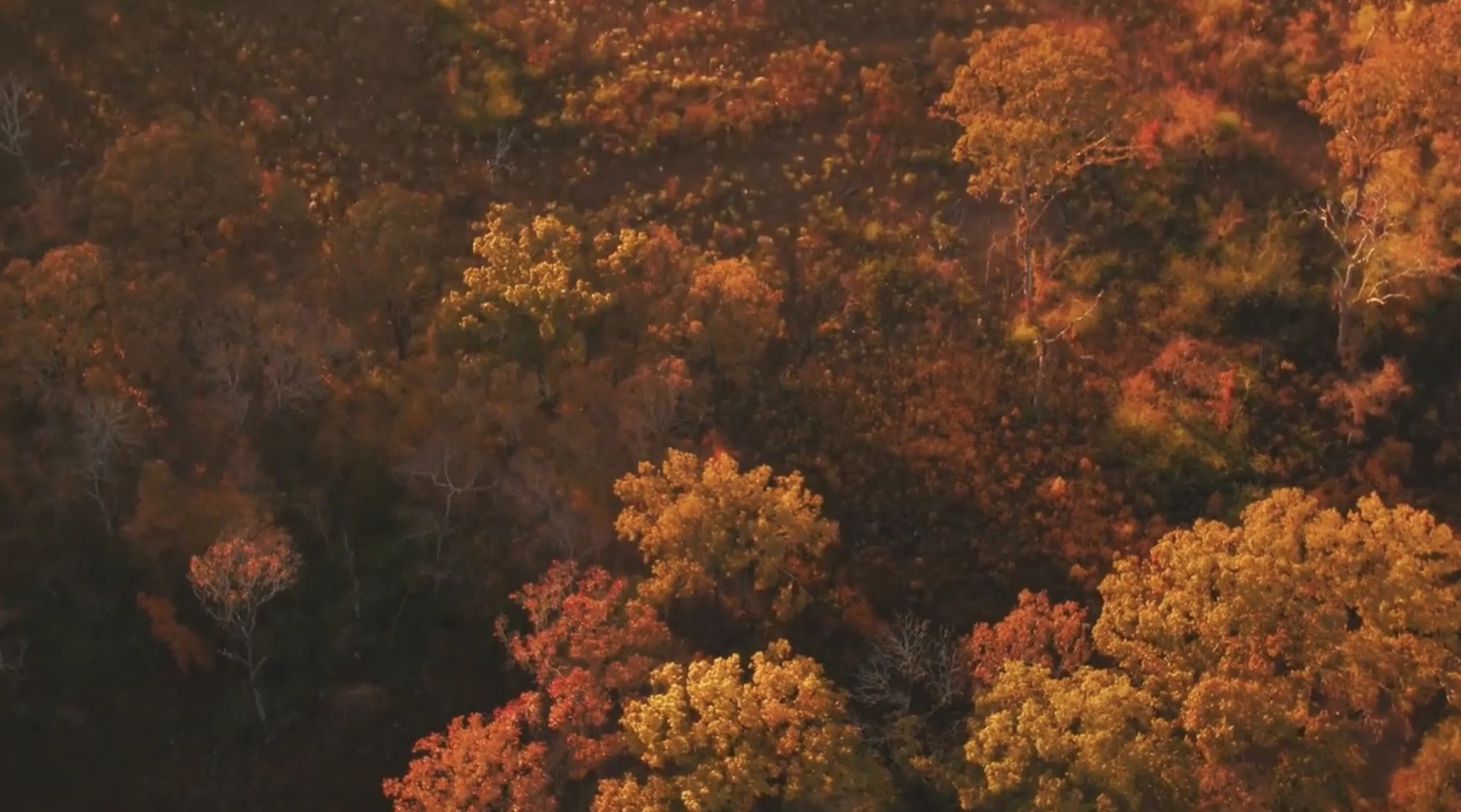Terms & Conditions
(Working Title)
After a federal funding cut upends his business and the food justice work he helped build, a Mississippi filmmaker finds himself shifting from documenting a promising new program to confronting a deeper truth, where Black Mississippians continue to fight for land, food, and dignity within a structure designed to exclude them.
LOGLINE & SYNOPSIS
✱
LOGLINE & SYNOPSIS ✱
Logline
After a federal funding cut upends his business and the food justice work he helped build, a Mississippi filmmaker finds himself shifting from documenting a promising new program to confronting a deeper truth, where food, land, and survival are not just personal needs, but political battlegrounds, and Black Mississippians continue to fight within a structure designed to exclude them.
Synopsis
This film is a hybrid documentary that follows me (filmmaker Roderick Red ) as I navigate the fallout from a major food systems program being suddenly canceled. What begins as documentation of a hopeful new initiative turned into a setback and led to something more layered: a deeper understanding of the food system and its role in shaping power, access, and policy. It’s a story of discovery, alignment, and learning that the fight for food is also a fight over land, money, survival, and narrative.
The film draws on the structural analysis found in The Black Tax by Andrew W. Kahrl to show how food systems, like land and housing, are governed by policies never meant to serve Black communities and how Black Mississippians continue to organize in response.
Film Mission Statement
Terms & Conditions follows me as I navigate the collapse of a major food systems program in Mississippi, using our personal story to uncover how policy shapes what we eat, who grows it, and who gets fed.
Characters & Subjects
-

Roderick Red
PROTAGONIST + NARRATOR
-
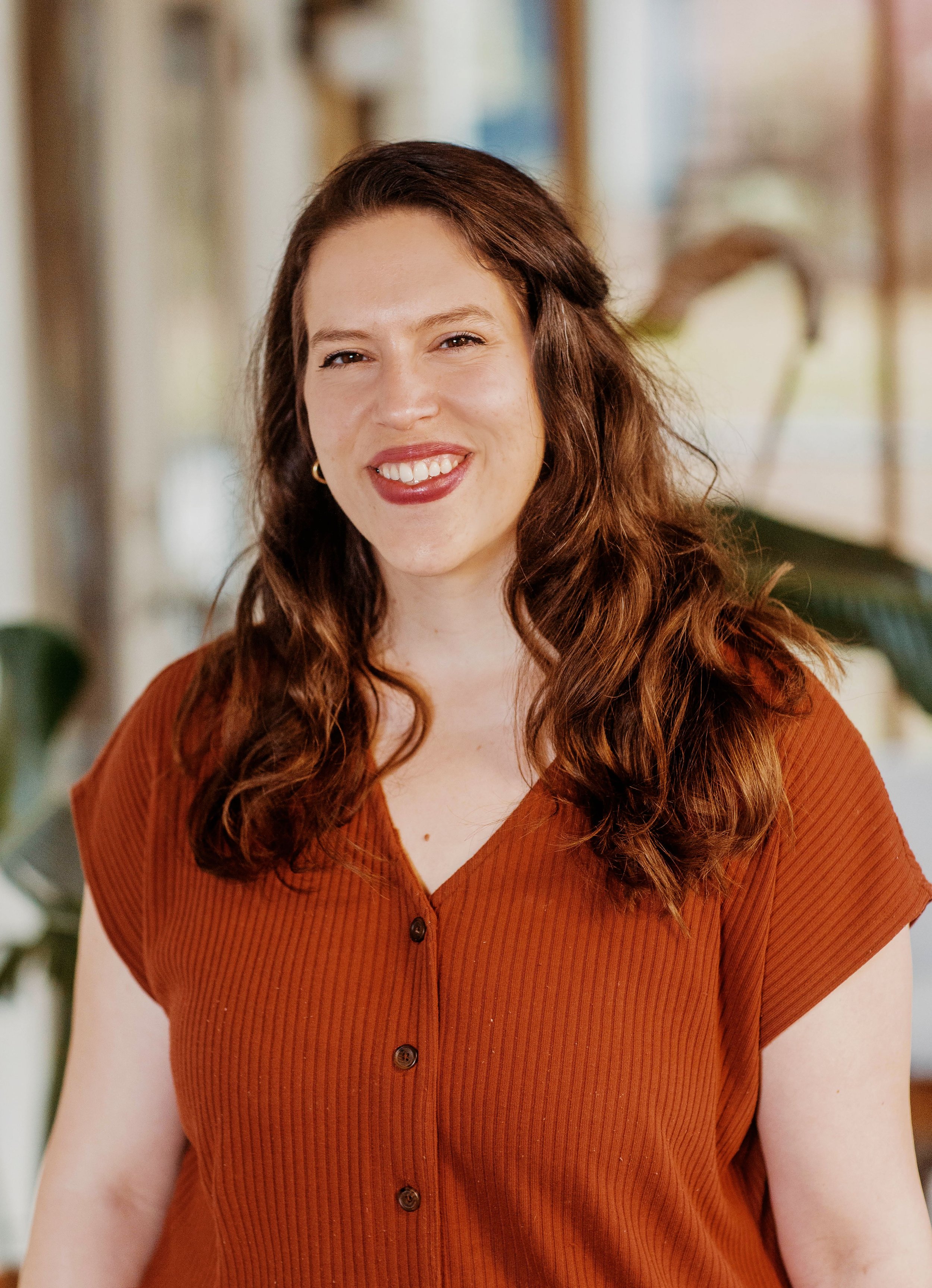
Liz Broussard Red
RELATIONAL ANCHOR
-

Food Producers
-
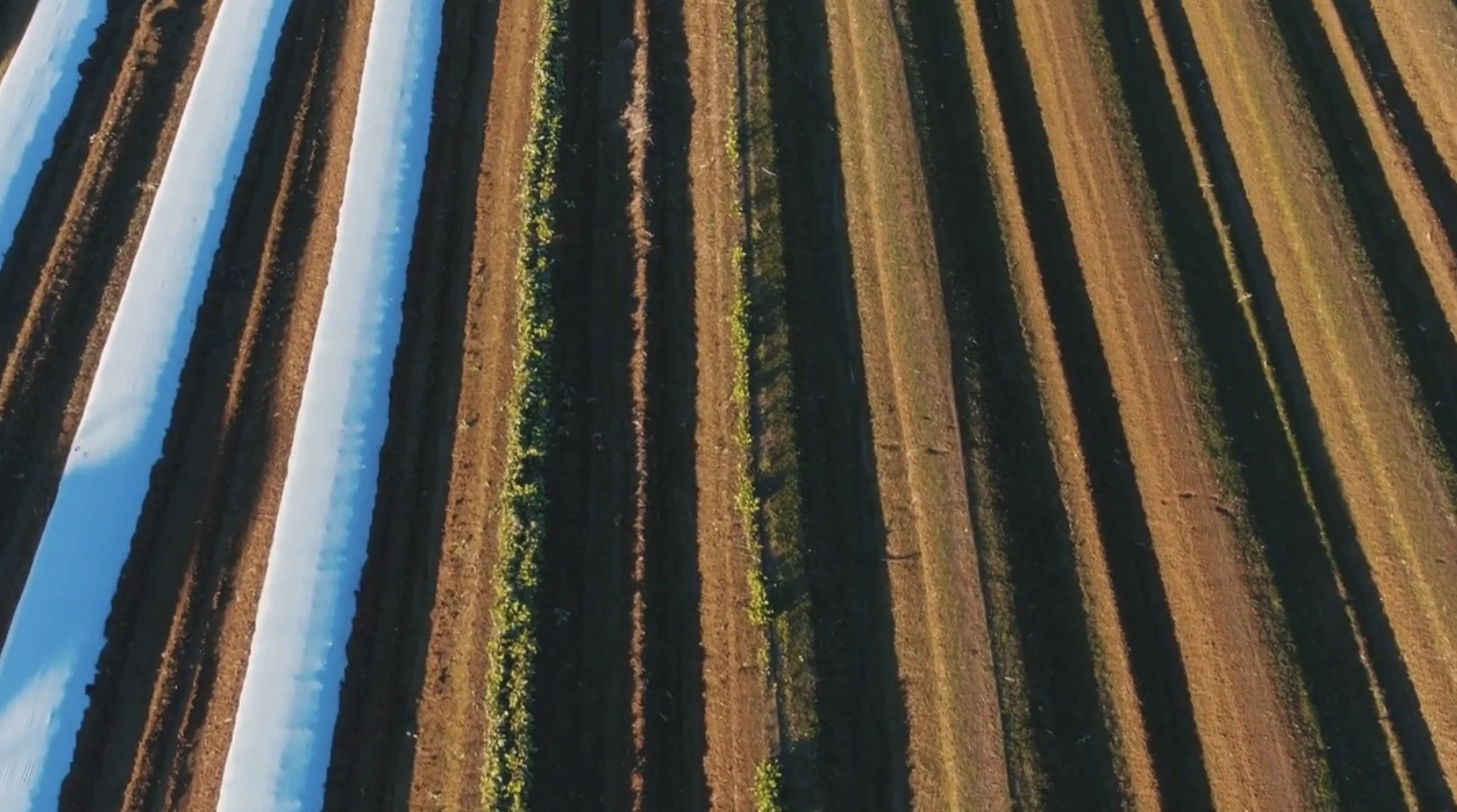
The Land
-
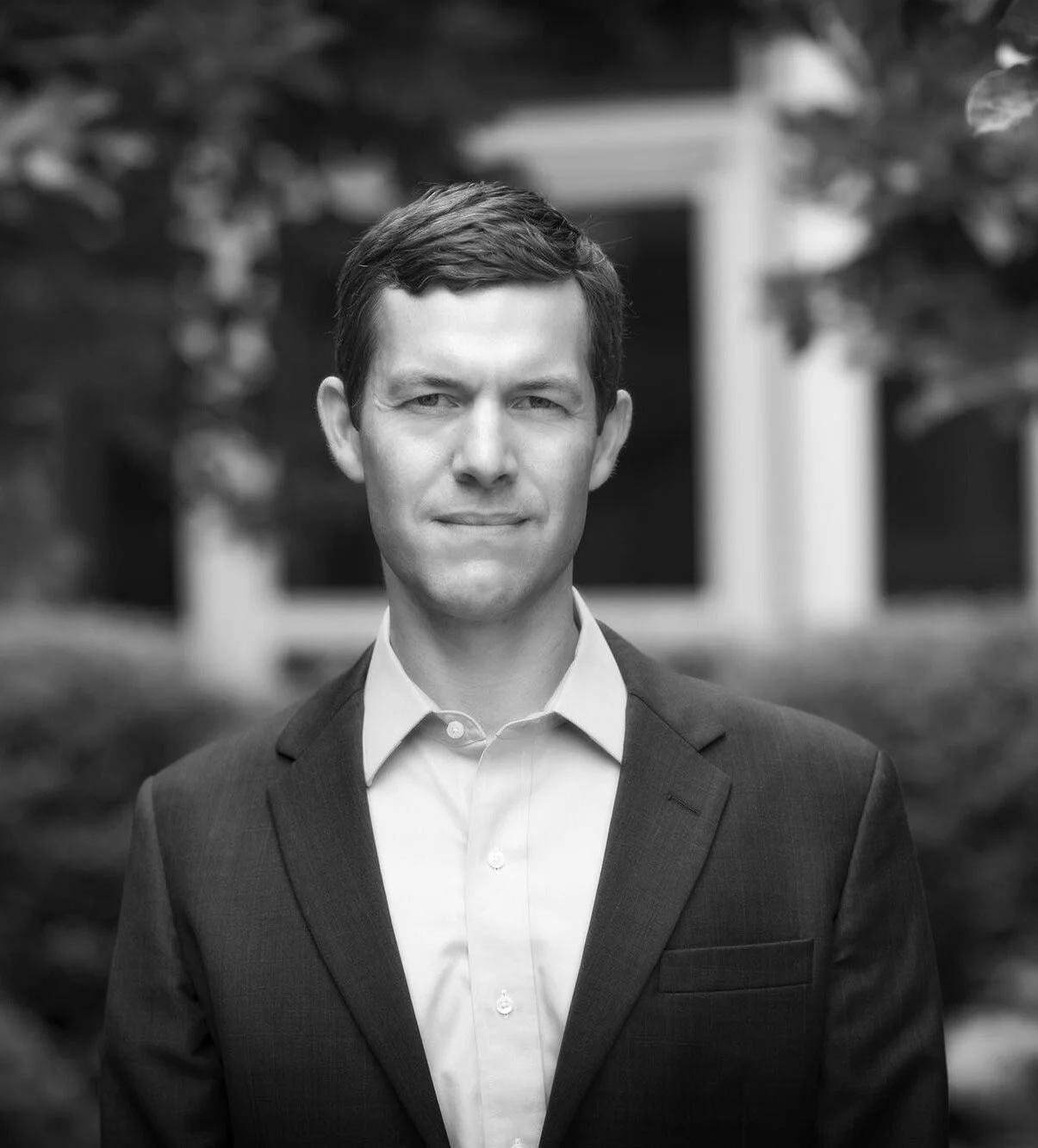
Andrew Kahrl
PROFESSOR (EXPERT)
POV, Style & Approach
This film will feel immediate and intimate. We’ll use handheld vérité footage to stay close to the rhythm of each subject’s life, whether in a meeting, a market, or out at a farm. The style will borrow from hybrid documentary forms: combining cinéma vérité with archival collage, poetic narration, layered sound design (voices layered over maps, tax records, rural soundscapes), and interviews lit with care and intimacy. Think Hale County This Morning, This Evening meets 13th, with a dose of Descendant’s emotional texture.
The aesthetic will draw on muted natural light, earth tones, and worn textures to evoke the South’s physical and emotional landscapes. Archival footage and documents will be layered with slow pans and textured sound design while incorporating oral histories and environmental sounds from rural and urban sites.
I will use food as the cinematic through-line of the film, from the planting and growing all the way through the preparing and eating. This makes the food not just metaphor or B-roll, but the organizing language. It’s what the system extracts, what communities reclaim, and what we document as a line through time. It also gives us non-verbal storytelling space to breathe and hit emotional beats without over-narrating.
By pairing grounded visuals with layered sound and silence, the film reveals the quiet mechanics of power and how even the most ordinary acts, like planting a seed or passing a plate, are shaped by policy, and how people keep resisting, quietly and daily.
Approach 1: Personal Essay Film
The filmmaker as narrator and witness
This version places me at the center not as the hero, but as someone pulled into the story by circumstance. My pivot becomes the emotional core of the film. We use reflective voiceover, moments of stillness, and my own footage and reactions to structure the journey. The camera follows my learning process and personal reckoning, letting the audience discover the broader context through my eyes.
Key Devices:
Voiceover narration
Archival overlays connected to my voice
Moments of “turning the camera” inward (e.g. reflection, struggle, pivot)
Subtle presence: heard before seen
Approach 2: Immersive Observational Hybrid
The filmmaker as thread, not focus
This version leans into the hybrid vérité style emphasizing the people and systems around me. I’m still present, but mostly as a guide behind the camera. My arc is told through editing choices, subject juxtapositions, and structured silence. The audience pieces the story together through the lives of others: farmers, elders, organizers.
Key Devices:
Handheld vérité footage
Minimal narration, emphasis on ambient sound and interviews
Strong food visual arc (planting to eating) as emotional and structural guide
Final moments reveal the filmmaker’s role, not center it throughout
The Historical Section
Research on land ownership, land loss, means of production-- tied to issues of hunger and food insecurity
In 15 mins, I could feature MS land (how much is under whose ownership), how much land is under production, how much food is imported, what's produced here, numbers of inequity in how people access local food, what are challenges that black land ownership in MS is facing
Ending: What is role of state, federal govt in this? Role of local/national/global businesses? What is role of philanthropy?
Mood Board & Visuals
Telling this story means filming in my home and potentially in fields, kitchens, and meeting rooms across Mississippi, places where policy shows up in daily life. From documenting quiet moments of planting and cooking to capturing the tension of grant meetings and food distributions, every location is chosen with intention. Our mood board reflects the textures of the South: muted light, worn surfaces, archival overlays, and slow, grounded motion. These visuals echo the film’s core belief that the political is personal and everywhere.
Here are some refined questions I wanted to discuss, designed to help me clarify my storytelling, maximize and refine the execution of my 10–12 minute film.
Top Questions
How do I balance my personal arc with the larger systemic story in a way that feels honest and emotionally cohesive?
How can I use food visuals like planting to eating as an emotional structure without over-explaining it?
What does it look like to “turn the camera on myself” in a way that deepens the story without making it about me?
Is this too deep, long or ambitious for the allotted time? Is there a section of this that works for the required time?
Questions
-
1. How do I balance my personal story with the broader systemic story without over-explaining or flattening either one?
→ I’m the throughline, but the story is bigger than me. Where do I lean into my voice, and where do I step back?2. What’s the emotional peak of the film and how do I earn it in under 12 minutes?
→ Is it the funding cut? A shared meal? A line I deliver in voiceover? What should feel like the climax?3. Am I doing enough (or too much) in the arc? Is there a cleaner structure I’m not seeing that would hit harder in this short format?
→ Given the Story Circle and my personal pivot, is there fat to trim or moments to linger on? -
4. How do I make the food throughline feel intentional and poetic without being repetitive or literal?
→ Is it best used as chapter markers? Background texture? A steady drumbeat of care?5. What does it look like to “turn the camera on myself” in a way that feels grounded, not performative?
→ Are there visual strategies others have used to insert themselves quietly but effectively?6. What small details (visuals, moments, sounds) can I use to build tension or grief without saying it out loud?
→ Especially in Act II, where the archival and policy trauma hits. -
7. What should my voiceover do? Should it fill in gaps, push the story forward, add poetry, or just let people sit in the moment?
→ I’m writing for pacing, tone, and trust. What role does your voice play?8. What’s the right tone to strike in the ending? Should it be hopeful, resolved, exhausted, resilient?
→ What do I want the audience to feel when the screen goes black? -
9. Who is this film for and how should that shape what gets left in or cut?
→ Community members? Policy folks? Funders? My future self?10. What are strategies for making this short film a springboard for bigger work (screenings, campaigns, feature doc)?
→ I’m building a narrative and a platform. What seeds can I plant now?


